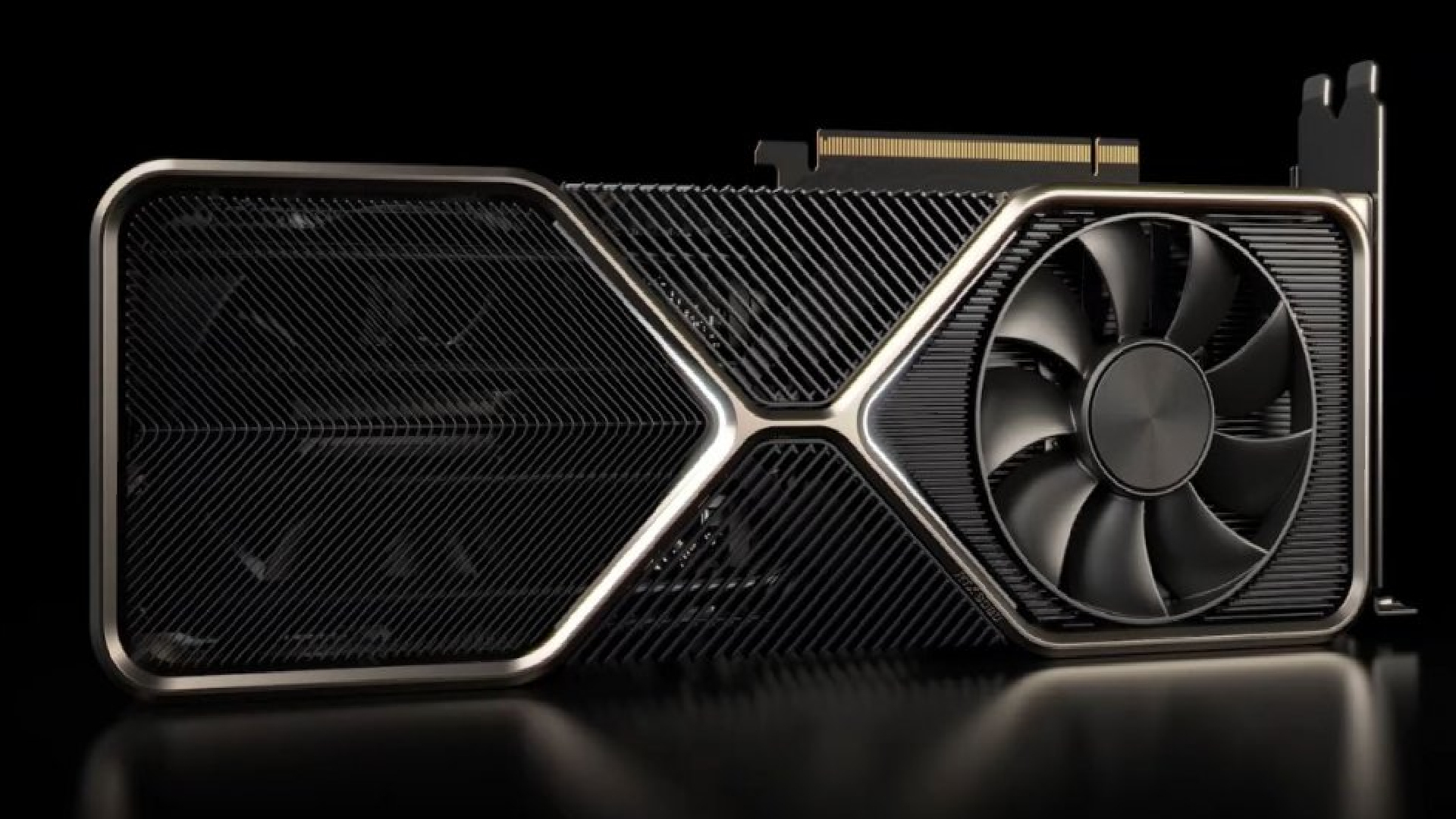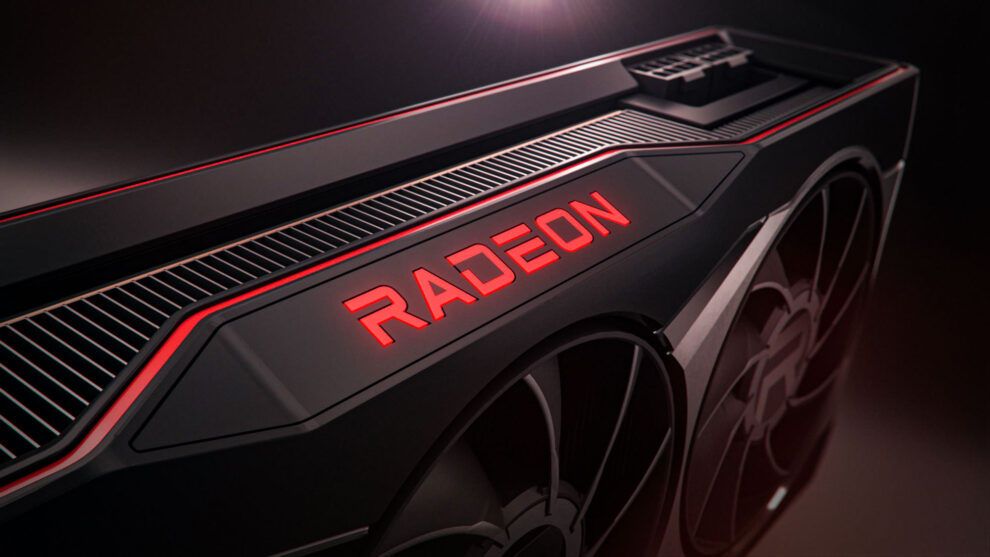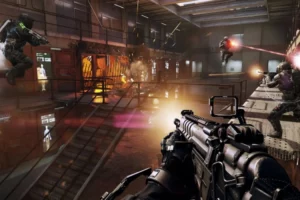Upgrading your graphics card (GPU) is the best way to boost frame rates and unlock higher resolutions and visual quality settings for a superior gaming experience. With new GPUs from AMD and Nvidia pushing the boundaries of performance, it can be challenging to navigate the landscape and choose the right upgrade for your needs and budget.
This comprehensive guide will walk you through everything you need to know about upgrading your GPU in 2023. We’ll compare the latest offerings from AMD and Nvidia, analyze real-world gaming benchmarks, highlight key factors like ray tracing and VR readiness, and provide buying tips to help you pick the perfect card for buttery smooth gameplay.
AMD Radeon RX 7000 Series
AMD’s RDNA 3-based RX 7000 series delivers exceptional performance and efficiency gains over previous generations. Let’s examine the flagship, mid-range, and budget-friendly options:
Flagship: RX 7900 XTX
The RX 7900 XTX sits on the GPU throne as AMD’s most powerful graphics card. Key specs:
- RDNA 3 architecture with enhanced ray tracing
- 12,288 stream processors
- Up to 24GB GDDR6 memory
- 985MHz base clock (boost over 2.5GHz)
In testing, the 7900 XTX trades blows with Nvidia’s mighty RTX 4090, even surpassing it in some games. It delivers flawless 4K gaming at max settings and high frame rates. The 24GB VRAM futureproofs it for demanding games and high-resolution texture packs.
Mid-Range: RX 7700 XT
Striking an excellent price-to-performance balance, the RX 7700 XT is ideal for high-fps 1080p and 1440p gaming:
- RDNA 3 architecture
- 4,096 stream processors
- Up to 12GB GDDR6 memory
- 575MHz base clock (boost over 2.5GHz)
With considerable gains over the previous generation, the 7700 XT provides very smooth framerates in 1440p while maxing out game settings. The 12GB VRAM gives headroom for the future.
Budget-Friendly: RX 7600
The RX 7600 delivers strong 1080p performance at a wallet-friendly price. Key specs:
- RDNA 3 architecture
- 3,072 stream processors
- Up to 8GB GDDR6 memory
- 575MHz base clock (boost over 2.5GHz)
While no powerhouse, the 7600 handles the latest titles at over 60 fps with some settings turned down. The 8GB memory suffices for 1080p gaming. At under $300, it’s a cost-effective way to hit smooth frame rates.

NVIDIA GeForce RTX 4000 Series
Representing team green, Nvidia’s RTX 4000 series “Ada Lovelace” GPUs deliver jaw-dropping performance powered by advanced AI and ray tracing tech. Here are the highlights:
Flagship: RTX 4090
The undisputed champion, the RTX 4090 dominates every performance benchmark. Critical specs:
- Ada Lovelace architecture
- 76 billion transistors
- 16,384 CUDA cores
- 24GB GDDR6X memory
With raw horsepower almost on par with two 3090s, the 4090 laughs in the face of 4K gaming, even hitting over 60 fps in many titles at 8K resolution. The rebuilt 3rd-gen ray tracing cores enable photo-realistic lighting effects.
Mid-Range: RTX 4070 Ti
Delivering blazing fast 1440p and 1080p frame rates, the 4070 Ti hits a sweet spot for gamers wanting high fps without breaking the bank. Key details:
- Ada Lovelace architecture
- 7,680 CUDA cores
- 12GB GDDR6X memory
The 4070 Ti provides extremely smooth gameplay at 1440p while maxing settings in even the most demanding games. Support for DLSS 3 can further boost framerates. Great cost-per-frame value.
Budget: RTX 4060
With 1080p gaming still most popular, the RTX 4060 lets you hit speedy frame rates without emptying your wallet. Spec overview:
- Ada Lovelace architecture
- 5,888 CUDA cores
- 12GB GDDR6 memory
While no powerhouse, the 4060 still delivers 60+ fps at near-max settings in 1080p. The latest ray tracing support enables beautiful lighting for improved realism. At around $300, fantastic bang for buck.
GPU Benchmark Performance Analysis
Raw specifications only reveal part of the real-world gaming performance story. Independent benchmarking across a range of games and resolutions paints a clearer picture to inform your upgrade decision. Let’s analyze some key benchmark findings.
4K Gaming Benchmarks
For those gaming at 4K resolution, only the top-tier GPUs need apply. Both the RTX 4090 and RX 7900 XTX deliver extremely smooth 4K gameplay, even with all settings maxed out.
In testing, the RTX 4090 maintains framerates 15-25% higher than the 7900 XTX in many titles at 4K max settings. However, AMD’s flagship still pushes over 60 fps in most games, no small feat at this demanding resolution.
The 4090 justifies its higher cost primarily through superior ray tracing performance, leveraging its upgraded 3rd-gen RT cores. It remains unrivaled in this area. But for pure rasterization fps, the 7900 XTX puts up an impressive fight while costing several hundred dollars less.
1440p Gaming Benchmarks
For smooth high-refresh 1440p gaming, both the RTX 4070 Ti and RX 7700 XT prove extremely capable, trading blows in recent game tests. AMD’s mid-ranger actually comes out a few percentage points faster in certain titles, though ray tracing favors Nvidia’s hardware.
Ultimately, both GPUs provide outstanding 1440p performance around 100 fps or higher with max settings. DLSS 3 on the 4070 Ti can push framerates even higher if you desire. Either card makes for a stellar 1440p upgrade.
1080p Gaming Benchmarks
Those still gaming at the ever-popular 1920 x 1080 resolution will find great budget options in the RTX 4060 and RX 7600. These offer huge generational leaps over previous cards at this price point.
In recent testing, both achieve 60 fps or higher with settings at high/ultra in AAA titles. Performance sits extremely close here, so brand ecosystem preference may play a bigger role.
For high-fps esports gaming, both can easily power frame rates well over 100+ fps making gameplay wonderfully smooth. If 1080p remains your resolution for the near future, either GPU provides great future-proofed value.
The Ray Tracing Revolution
Ray tracing represents the future of in-game lighting and reflections, simulating the real physical behavior of light to enable true-to-life visuals. But this rendering approach demands immense GPU power.
Nvidia’s 4000 series leverages upgraded RT and AI tech for boosted ray tracing performance. AMD also refined its ray accelerators in RDNA 3. Let’s compare rendering capabilities:
NVIDIA vs AMD Ray Tracing
In benchmarks, Nvidia still commands a sizable lead in ray tracing performance over AMD. For example, the 4080 sees around a 30% higher average fps versus the 7900 XT in metro Exodus with ultra ray tracing enabled at 1440p resolution.
However, RDNA 3 brings considerable ray tracing improvements for AMD, closing the gap especially at lower resolutions. The 7900 XTX can still power 60 fps ray traced gaming in many titles at 1440p, no easy task. But Nvidia maintains a tech advantage for those wanting uncompromised ray traced visuals.
Ray Tracing Game Support
The number of games integrating ray tracing for enhanced immersion continues to grow. All major engines now support it including Unreal Engine 5 and Unity. And new physical effects like ray traced shadows and reflections appear more frequently.
Exciting upcoming titles with ray tracing include The Day Before, S.T.A.L.K.E.R. 2, Atomic Heart, Lies of P, and the Dead Space remake. Owners of ray tracing capable cards will enjoy cutting-edge visuals in 2023’s hottest games.
Maximizing Your GPU for VR Gaming
Graphics cards must power smooth, high-resolution frames for both eyes to enable great virtual reality. What specs should VR-ready GPUs feature?
- At least 8GB video memory (12GB or higher recommended)
- DisplayPort 1.4 or HDMI 2.1 output
- Optimized drivers for popular VR engines
- High enough performance for 90 fps rendering (ideally 120+ fps)
For the smoothest experience, a card like the RTX 4090 or RX 7900 XTX is advisable. However, GPUs including the 4070 Ti and 7700 XT can still power quality VR gameplay. Analyze VR performance benchmarks for your top card candidates before finalizing a purchase.
Additional GPU Buying Considerations
While architectural upgrades and newer GPU generations capture the spotlight, auxiliary factors around power, heat, connectors, and warranty should also weigh on your buying decision:
- Power draw: Higher-end cards require beefy power supplies (850W+ recommended for RTX 4090/7900 XTX). Ensure your PSU can handle a more powerful GPU.
- Thermals: Larger, hotter-running chips may require improved case airflow and cooling solutions.
- Connectors: Some GPUs employ new power connectors which may require adapter cables if unsupported by your current PSU.
- Warranty: More expensive cards often feature lengthier 2 or 3-year manufacturer warranties.
Analyzing full product reviews highlighting these aspects offers additional peace of mind around long-term ownership.
Finding GPU Price/Performance Sweet Spots
New generation graphics cards often debut at painful price premiums. However, AMD and Nvidia GPU cost tends to decline over a product generation’s lifecycle, bringing tremendous new performance to lower price points.
Considering a new GPU’s generational performance leap versus its cost premium over current-gen options aids in identifying upcoming price/performance sweet spots as initial MSRP madness cools.
For example, the jump from RTX 3070 to RTX 4070 may hit a great balance of improved rasterization, ray tracing, and latest features against slowly normalizing cost, even if today’s 4070 price stings.
Exercising some patience and watching GPU price trajectory can really pay long-term dividends. Jumping on releases a few months post-launch may offer the best overall upgrade value.
Prepare for Glory with Your Next-Gen GPU
Upgrading your graphics card enables you to unlock new heights of gaming immersion through heightened resolutions, faster frame rates, and cutting-edge visual effects. By understanding the landscape of AMD RDNA 3 and Nvidia Ada Lovelace GPU offerings and analyzing real-world performance data, you can confidently pick an ideal card perfect for your needs and budget.
Whether you desire the 4K gaming prowess of the RTX 4090, incredible 1440p performance from the RX 7700 XT, or smooth high-fps 1080p gaming with the RTX 4060, a whole new world of gaming awaits with these Graphics Processing Unit powerhouses.
So watch those benchmarks, study up on the latest specs, and prepare your PC for the next generation of eye-melting visuals!
















Add Comment